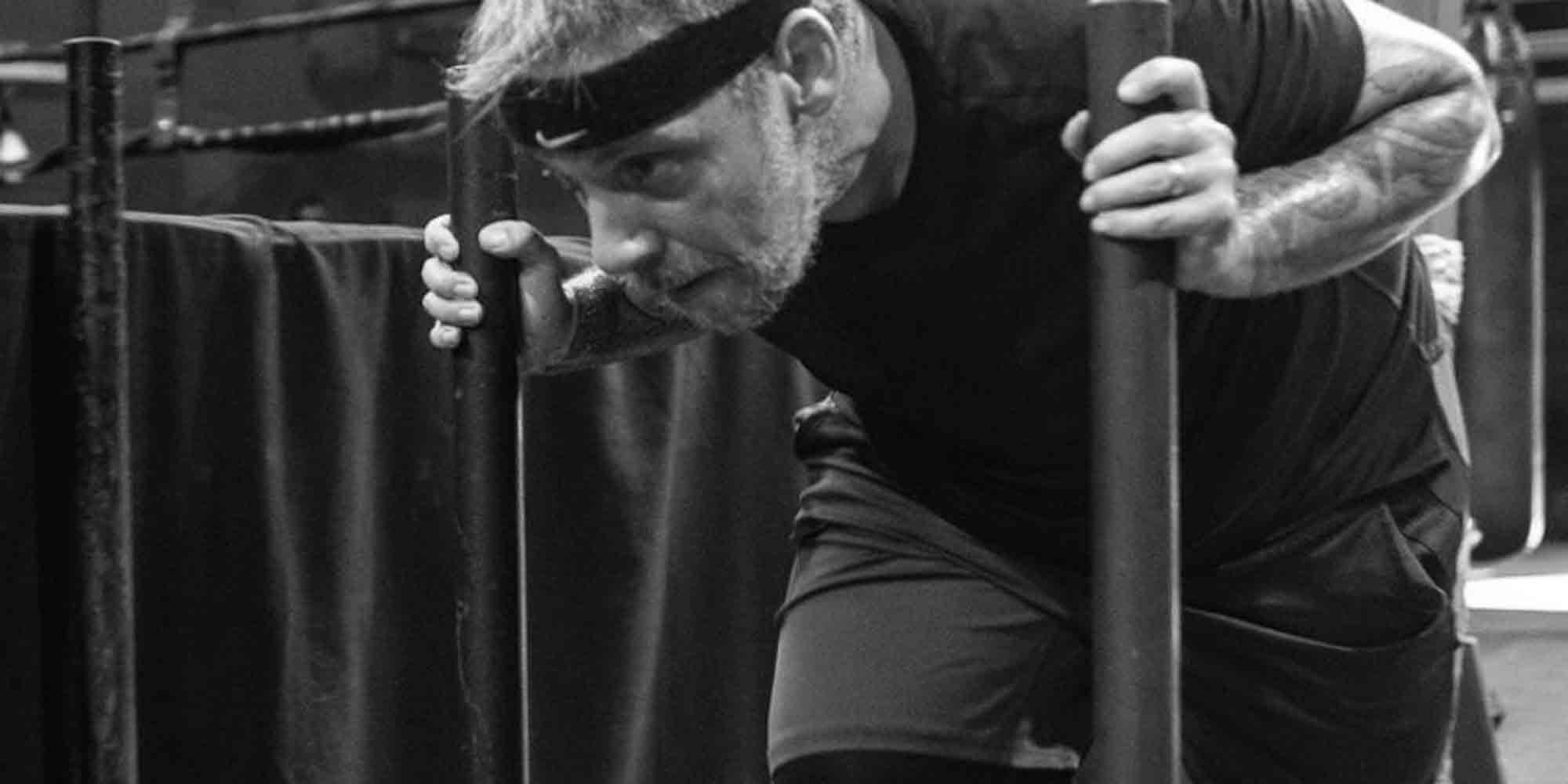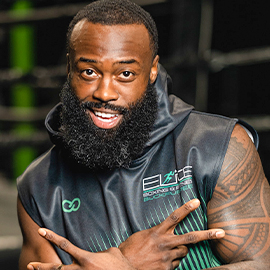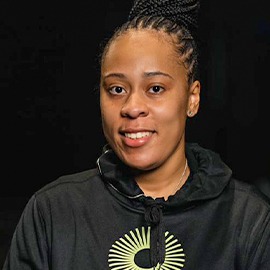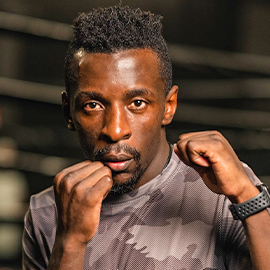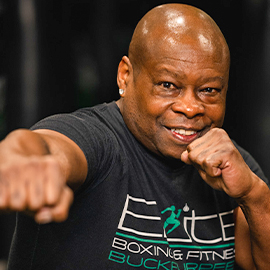Boxing Classes for Kids, Youth, and Adults in Baltimore
Elite's Kid's Boxing Classes
In 2015 state officials approved plans for a new $30 million youth prison in Baltimore, Maryland. Governor Larry Hogan opted to use $11.6 million set aside for the city’s school system to help finance the state’s pension fund. This all occurred, of course, against the backdrop of the killing of Baltimore’s Freddie Gray, a 25-year-old black man whose spinal cord was nearly severed while in police custody in April. His death sparked days of rioting, with the news media broadcasting images of teenagers setting fire to cars and businesses across Baltimore, a physical manifestation of the city’s pent-up rage and frustration.
If the events of 2015 have taught us anything, there are systems in place in Baltimore City that set young people, particularly young people of color, up to fail. And the agencies designed to protect and serve these children often seem unable—or, perhaps worse, unwilling—to alter this reality for them.
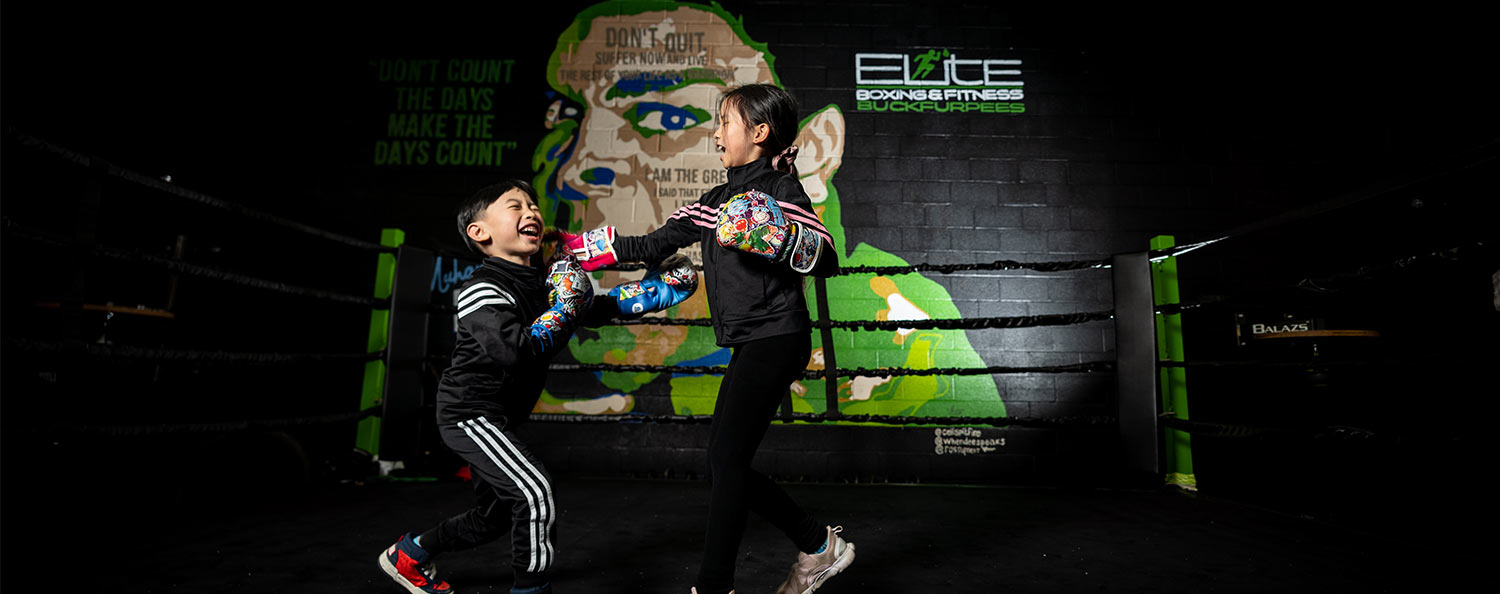
Kwame Ritter & The Baltimore Boxing Community
In the past, at Elite Boxing, roughly 30 boys from the heart of Baltimore make the monthly trek out to the nearby suburb of Columbia to work with Kwame Ritter at his gym, Elite SFN. Though the sessions are a success, initially, OMOL was hesitant to subject children from areas plagued by violent crime to such an intrinsically violent sport. The organization was used to having poets, journalists, and city council members come to speak to the kids—hoping to steer their aspirations toward academics rather than the streets—and at first glance, a boxing program felt like a step in the wrong direction.

Elite Boxing Classes in Baltimore offer discipline.
Boxing is about violence only on the surface. For these young fighters, the sport offers the promise of discipline, a sense of self-worth, and a healthy channel for their aggression. It is less about violence and more about avoiding a darker, more insidious violence that lurks beyond the gym doors. For trainers like Ritter—who grew up in New York City, bouncing between Harlem, Brooklyn, and the Bronx before moving to Maryland as a teenager—it seems boxing is merely an avenue to show these kids that there are people in the community who are truly invested in their futures.
Kwame Ritter himself is a boxing success story. He has become a professional, but the sport has transformed him from a troubled student into a business owner and a role model in his community. His debut bout last November at the Royal Farms Arena marked the first professional fight in Baltimore in decades. He won the match by knockout in the second round, but the real spectacle was the six amateur bouts put on the ticket before the main event—a dozen Baltimore kids ages 8 to 13, who the crowd said fought harder than the pros.
The event was the first installment of the Baltimore Boxing Renaissance series. It was partly produced by Shabazz Shakur, a promoter in the area who also mentors young fighters at boxing gyms throughout the city.
We're getting these kids that are considered to be somewhat high-risk to get in trouble and pulling them off the streets, getting them away from gangs, and putting them in the gym so they can channel that energy and that aggression into boxing,” he says. "These kids are tough, but they love the sport."
Shakur and his organization, Shabazz Brothers, cover expenses for Baltimore youth interested in training at local gyms. He’s seen the sport save children from homelessness and witnessed disagreements solved in the ring with gloves rather than on the street with a pair of guns. He says the city lacks youth centers and YMCAs, and the schools are too underfunded to sponsor all the programs the children need. He uses boxing as a conduit to preach the importance of education and ensures the children he works with show him their report cards before they can first step foot in the gym.
Dealing with these kids is a full-time job,” says Shakur, adding that he tries to reach children as young as five and six before the gangs have a chance to get to them. “Because I want them to realize that I don't only care about you when you’re in the ring. I care about you when you go home. I care about you when you’re in school.
He continues these kids are associating and attaching themselves to these gangs because they don't feel any love. "[Gang members] giving them drugs or guns, they take that as a form of love, and in reality, they're not realizing that it's just a form of abuse.
For Baltimore youth whose mothers and fathers aren't always around, "boxing became their parents in a way," says Shakur. He claims that every child who fought at the Baltimore Boxing Renaissance has stopped getting into trouble since beginning their training. The sport offers these kids structure and self-confidence, but more importantly, the opportunity represents a showing of love, hope, and support from their city.
The youth nowadays are not dumb. They know when nobody cares about them. "That's why they just tore Baltimore City up," explains Shakur, who says he was out during the riots trying to speak with kids and calm the unrest. "We have to come together and love our youth again. That's really what it's all about.
Elite Provides Boxing Technique Drills
The best workouts for boxers besides boxing-specific drills include exercises that improve your strength, agility, speed, endurance, and power. Boxing requires cardiovascular endurance and metabolic conditioning because it’s a high-intensity, anaerobic sport with aerobic demands. Cardio and conditioning exercises are essential components of boxing workouts. Moreover, while many think of boxing as solely an upper-body activity, the true power of a punch comes from your hips, core, and lower body, making boxing a total-body sport.
SHADOWBOX
Baltimore Boxers shadowbox to prepare themselves physically and mentally for a match and find a rhythm while perfecting style and technique. This movement, mixed with elements of modern-day training methods, is the foundation for evolving the group class fitness experience. By reimagining these practices, we create a full-body workout incorporating bodyweight exercises with high-intensity rounds of shadow boxing and heavy bag work using various guided punch combos.
THE HEAVY BAG BOXING WORKOUT
It has long served as the basic tool of any Baltimore boxers training regime and is extremely useful for toning muscles and elevating heart rates. Each heavy bag weighs approximately 150 lbs and is constructed using heavy-duty material built for the intensity of daily workouts.
JAB
The lead (front) hand is thrown in a quick/sharp manner. It’s said the fastest Jab is the most relaxed Jab. Use this punch to set up combinations and to measure distance. The fist should rotate inward 90 degrees like pouring out a mug. The hand should return to the face as fast as it's struck forward. Think of it like whipping a towel, producing a “sting” effect with the glove. This is the most used punch in Baltimore boxing.
CROSS
The rear is hand-thrown with more power. The glove starts at the chin, travels across the chest/shoulder, and lands with the rear shoulder and hips rotating forward. Like the jab, rotate the fist 90 degrees before landing and snap the punch off the bag and back to the chin where it started. The legs are critical as weight must be transferred from back to front in unison with the arms and then recoil back. Think of a lunge exercise when practicing. The cross can be the most satisfying punch to throw when done correctly.
HOOK
Thrown with either hand towards the side of a target. The speed and power come from the legs and hips to get rotation. The foot should pivot, and the heel point outward to allow for greater range. When extended, imagine pulling a cape across your face to correct the form. This punch is hard to master but devastating when executed correctly.
UPPERCUT
Thrown with either hand and typically at close range. Imagine punching upward underneath a crossbar. Rotate hips like a cross for the backhand uppercut and a hook for the lead hand uppercut. Remember to KEEP YOUR HANDS UP when throwing all punches, especially these, as the tendency is to drop them. Use less arm and more shoulder to keep form correct. The uppercut can be used at all angles and heights and give your arms a lean, chiseled look.
